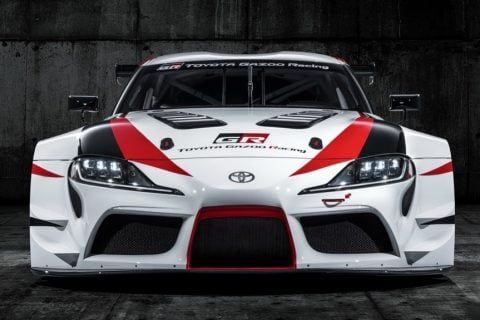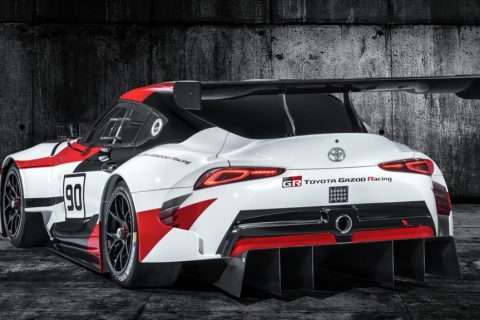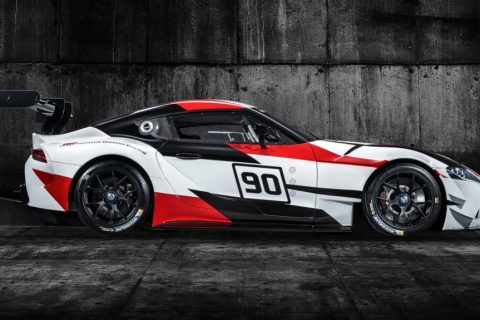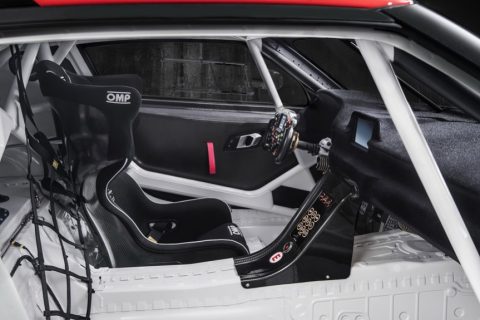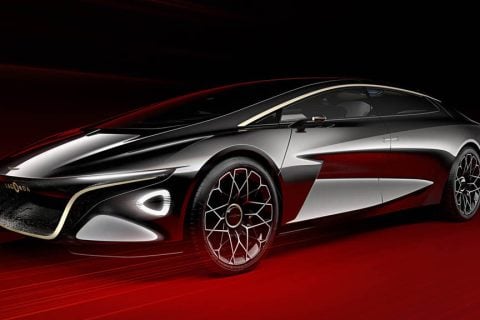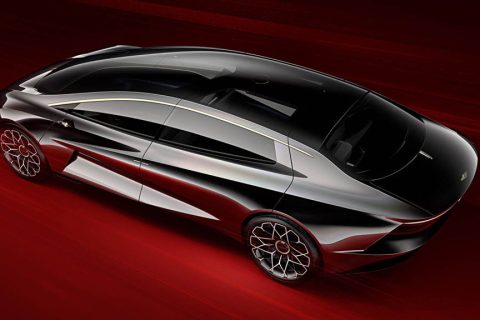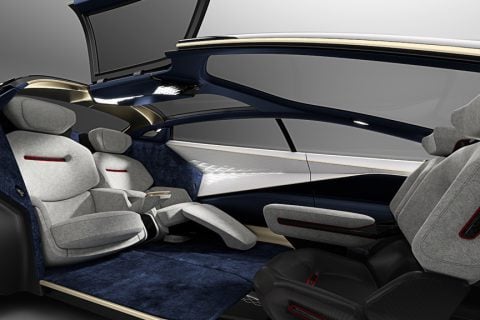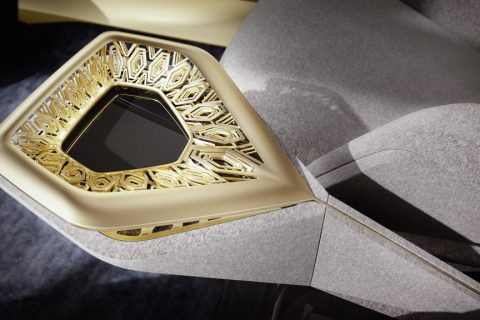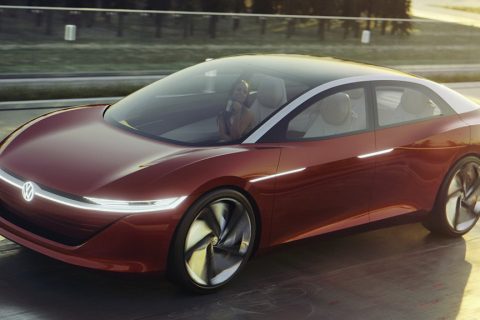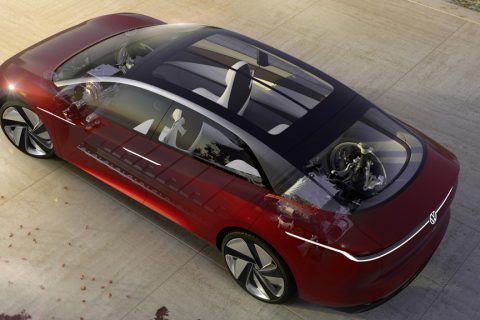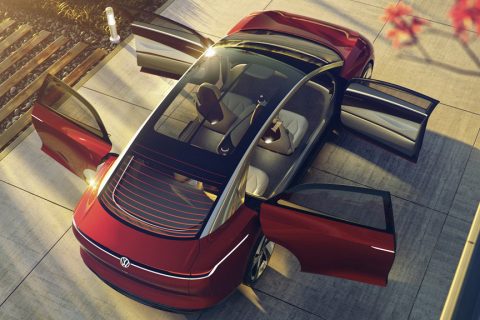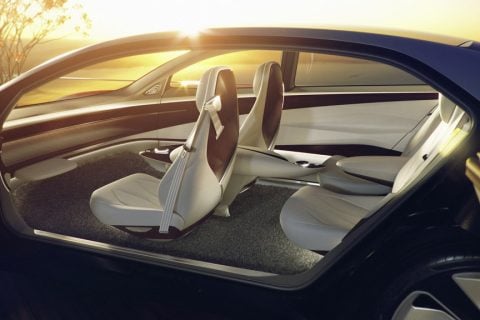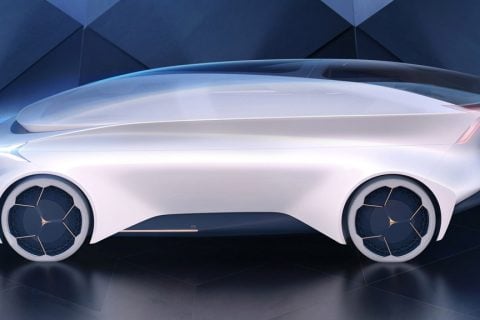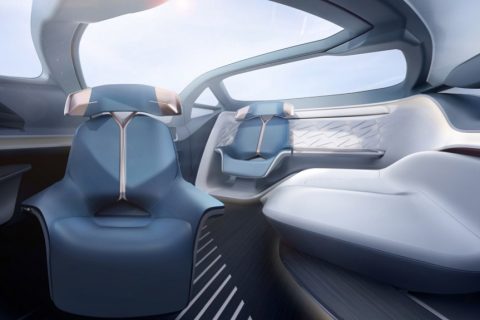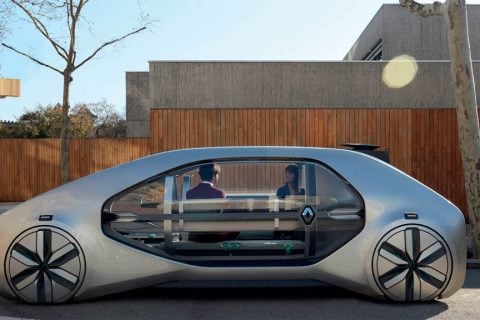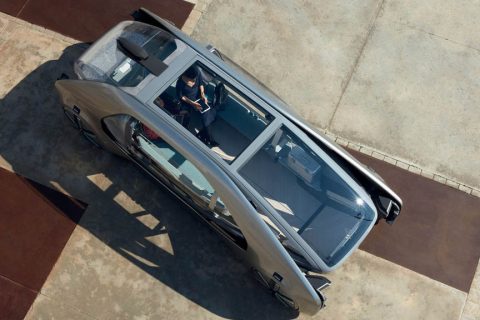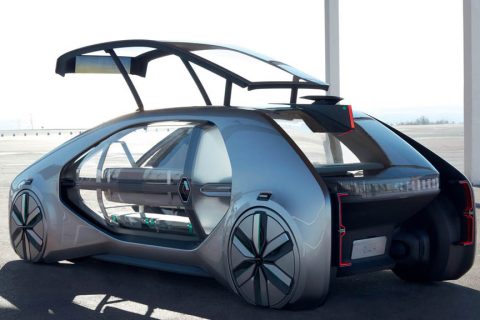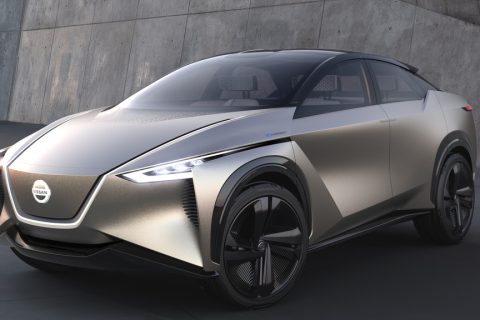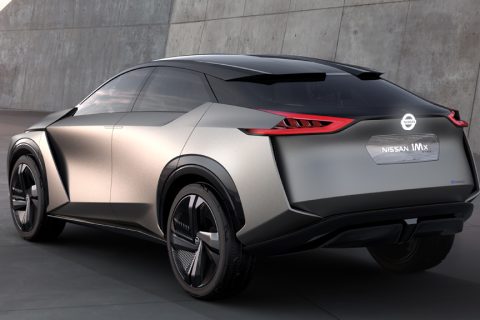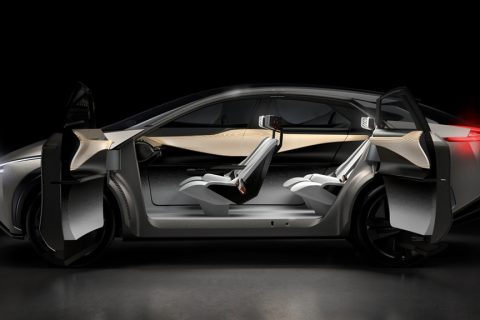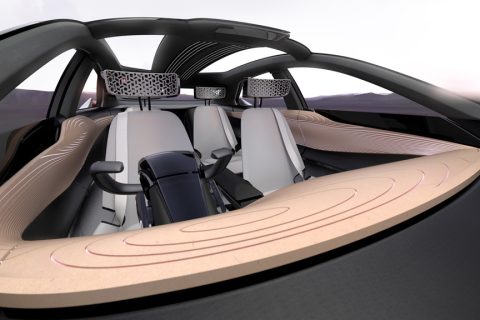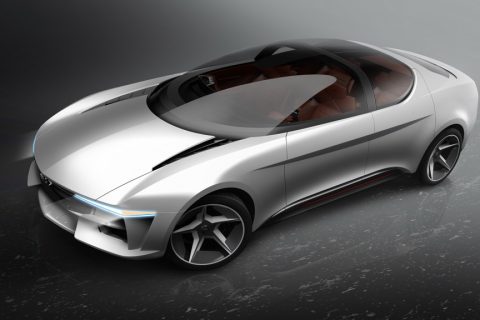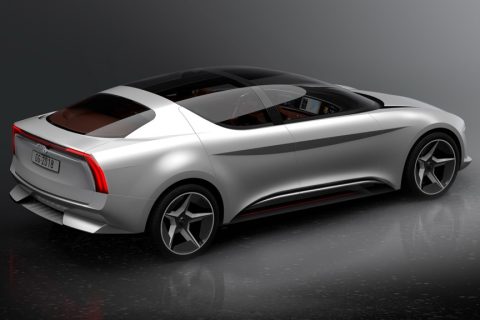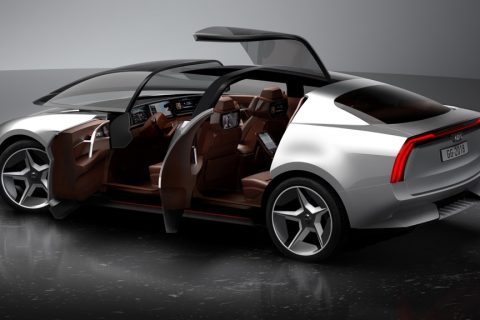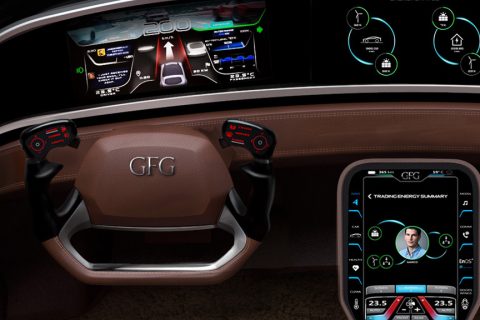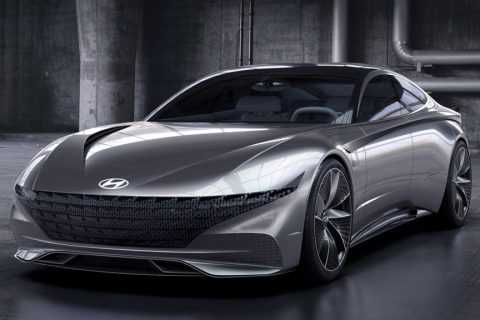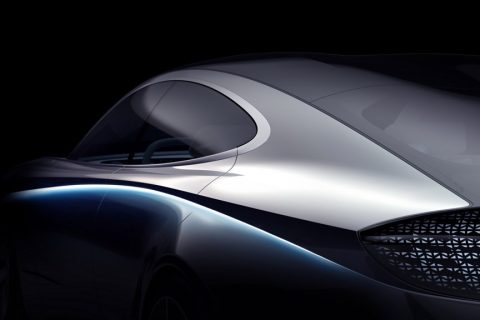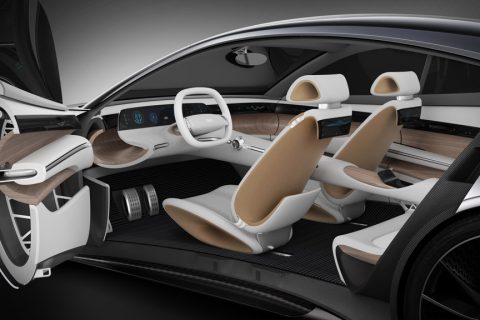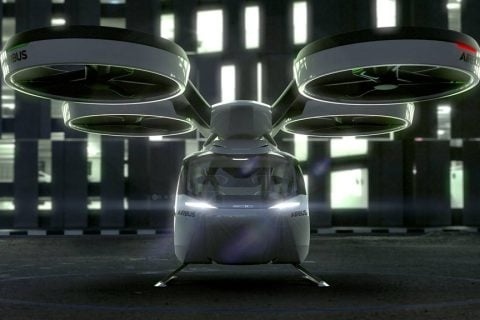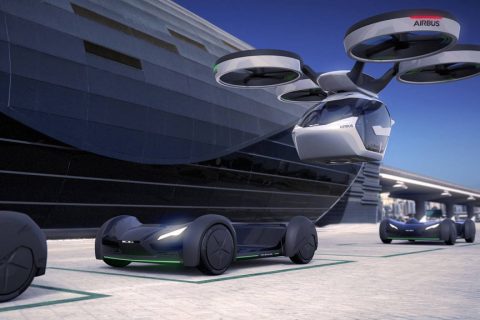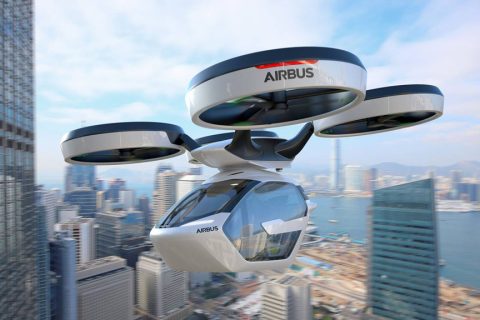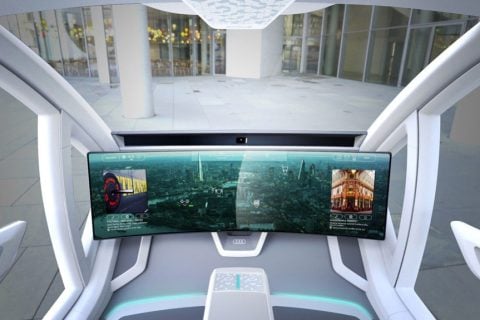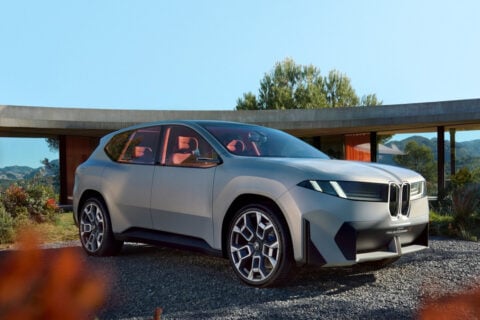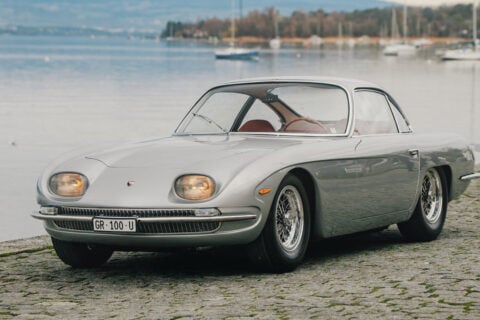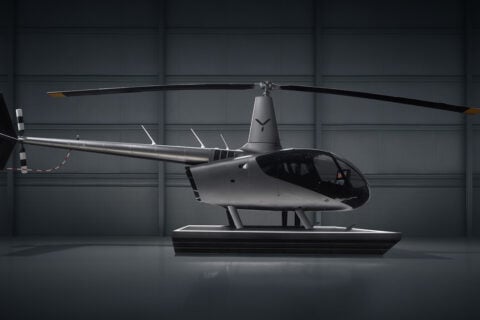After covering the supercars debuting at this year’s Geneva Motor Show yesterday, it’s time to check out the concept cars in an effort to understand what automakers have in mind for the future.
Toyota GR Supra Racing Concept
Let’s start with something we have all been waiting for. The Toyota Supra has become one of the most anticipated revival models since it ceased production 16 years ago. We’ve yet to see the long-awaited MK 5, but the GR Supra Racing Concept has paved the wave for the production road car, which will be launched in 2019. The concept race car features lightweight composite elements including wide front and rear haunches, front splitter and rear diffuser, side skirts, door mirror housings and a large rear wing. BBS centre-lock racing wheels, big Brembo braking system and a single-exit exhaust also feature. Before the production car surfaces, the concept will appear in the game Gran Turismo Sport starting from April.
Aston Martin Lagonda Vision Concept
The Lagonda marque first surfaced way back in 1904 thanks to American expat Wilbur Gunn in London. It was acquired by Aston Martin in 1947 and the automaker has since revived the name a few times. But for the Lagonda Vision Concept, Aston Martin is envisioning the first ultra luxurious zero emission car, potentially being launched in 2021. It will run on batteries stored under the floor and has a range of over 400 miles between wireless conductive charges. Opulent is not enough to describe the interior, developed in collaboration with Savile Row tailors. A rare mix of carbon fibre trim, ceramic tiles, hand woven wool upholstery, silk carpets as well as ornaments in gold shade can be found inside.
Volkswagen I.D. Vizzion
Volkswagen intends to launch the I.D. electric car series as soon as 2020 and to build around one million electric cars per year by 2025, and the I.D. Vizzion will be a part of that. The concept is said to be the saloon for the future and is 5,163 mm long, 1,947 mm wide and 1,506 mm tall, much longer than the current standard VW sedans. The car will be fully autonomous, and interactions between humans and the car is via augmented reality, mixed-reality HoloLens and voice control. VW forseees the I.D. Vizzion concept could go into production in 2022, although we will have to wait until 2025 for the Level 5 autonomy (that doesn’t require human interference in any situation) and around 2030 for the augmented reality feature.
Icona Nucleus
Another fully autonomous electric car, the Nucleus from Italian automaker Icona, focuses more on the passenger experience. The concept is described as a mobile living space, with the dimensions of 5,250 mm long, 2,120 mmm wide and 1,750 mm tall, this is fully justifiable. The spacious interior can fit up to six people, with one large seat each in the front and rear that can be transformed into a comfortable couch. There is also ample of space and connections for accommodating laptops if it needs to be turned to a temporary office. The exterior design is also unconventional. There is no side window, but the body panels and the roof are semi-transparent for passengers to see the outside world but not the other way round.
Renault EZ-GO Concept
Renault has also envisioned a large self-driving electric car, but the EZ-GO concept is expected to roam around the city at low speed (lower than 50 km/h), carrying up to six passengers each time. The automaker will be targeting companies to turn the car into a service rather than selling it to individuals. With the large glass panels on the sides and at the top, perhaps the concept is best used for showing tourists around and some of the interior space is reserved for storing luggage.
Nissan IMx KURO
The IMx KURO is the updated version of the IMx that debuted at the recent Tokyo Motor Show. Not only does it now have black trim and wheels, an updated grille and a new body colour in grey, the electric concept will also feature Nissan’s unique Brain-to-Vehicle (B2V) technology for more efficient driving. IMx KURO has a 600 km range and can serve as a power plant to the local power grid when not in use. The ProPilot fully autonomous operation also allows the car to go to another destination after dropping off its owner. The interior design is filled with Japanese influences from the wood grain-patterned display to the laser-cut pattern on the seats.
GFG Style Sibylla
Turin-based GFG Style, founded by legendary Giorgetto Giugiaro and his son Fabrizio, has unveiled Sybilla, an electric concept car developed with Chinese energy company Envision. The concept is a modern interpretation of Giugiaro’s designs of the 1960s with its smooth lines. The way to get into the front seats is a novelty. While the doors open as standard, the rounded glass canopy slides forward. As the for rear passengers, the glass top opens like gullwing doors. The steering wheel is airplane-like and accompanied with various displays and a digital dashboard.
Hyundai Le Fil Rouge Concept
Hyundai has created Le Fil Rouge to showcase the design direction of its cars going forward. the concept is not about performance, but focuses on reinterpreting the design DNA that originated in the 1974 Hyundai Coupe Concept. It is designed under the ‘Sensuous Sportiness’ theme with the golden-ratio found in nature, and is one of the most realistic concepts in the venue. It looks like the LED lights are integrated into the grille, while the car’s long wheelbase offers ample legroom for both front and rear passengers. A floating beam as the centre console splits the entire cabin, while a white and beige colour scheme with light wood, aluminium and ‘high-tech fabrics’ offer a relaxing environment.
Italdesign Pop.Up Next
The Pop.Up Next concept is the latest version of the car drone developed by Italdesign in collaboration with Airbus and Audi. It is a fully electric, fully autonomous and zero-emission modular system that first launched last year, and Audi has now joined the Pop.Up Next project, contributing on technology for autonomous driving and battery electric propulsion, system architecture and charging system. The key to the concept is the two-seat cabin, which can be paired with a motorised base for the road, or a quadcopter for the sky. The latching system does not just connect the drone/base and the cabin mechanically, but also joins the two for electricity and data connection. This is probably years away from becoming the reality, but at least it represents a clear direction for solving urban congestion issues.

